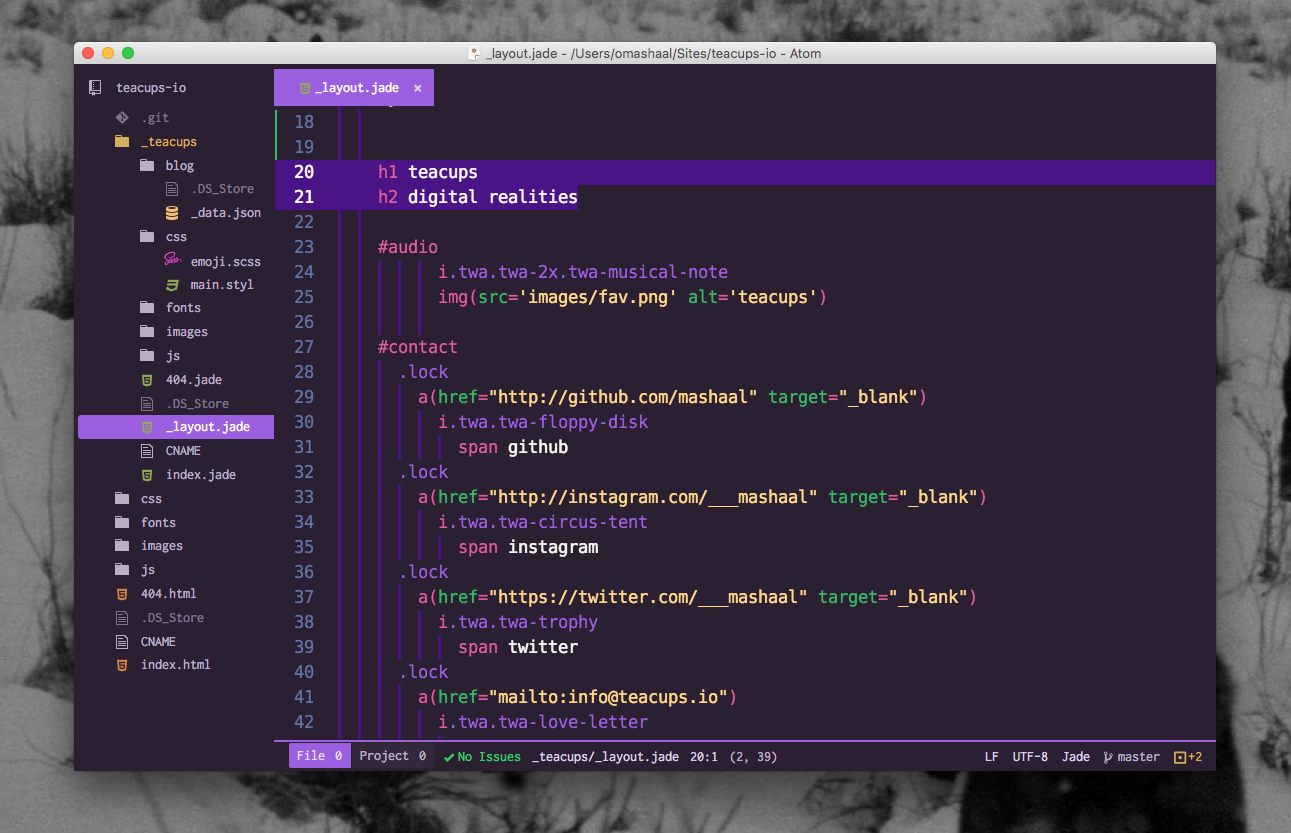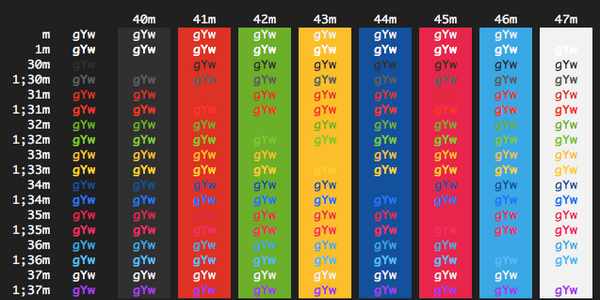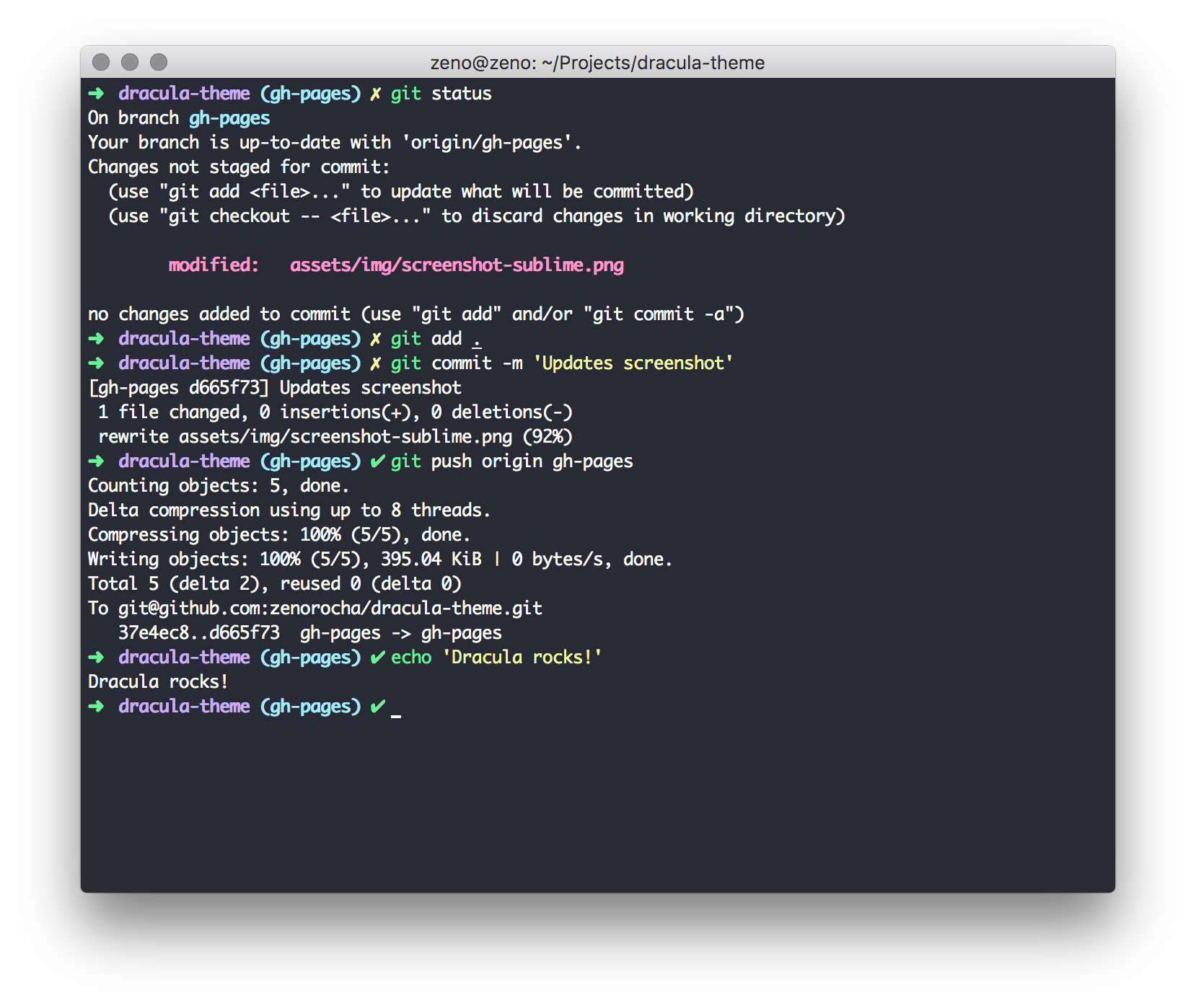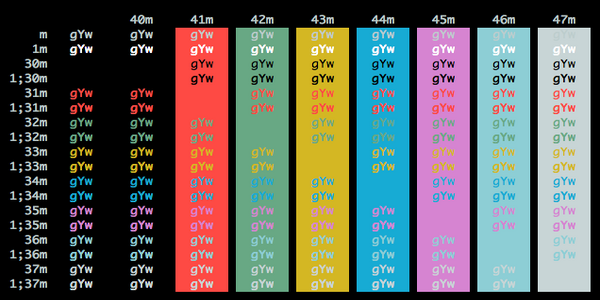

- #Iterm themes how to
- #Iterm themes mac os x
- #Iterm themes install
- #Iterm themes zip file
- #Iterm themes update
You will have prompts appearing on both sides of the terminal. Some people like the information provided and how it looks.
#Iterm themes install
Download a preferred font from powerline fonts and install it. Change the font from preferences menu to the font you just downloaded. If your font supports ligatures, check the “Use ligatures” option to enable ligature in your terminal. Install Oh My Zsh using this command: sh -c "$(curl -fsSL )"Now, restart your terminal and you are good to go.

ThemeOh My Zsh by default comes with lots of themes (default being: robbyrussell). You can change between prebuilt theme. But to built a powerful and beautiful looking terminal you will need to use a custom theme. One of the most popular custom theme for zsh is powerlevel9k.
#Iterm themes update
Let’s clone the repository: $ git clone ~/.oh-my-zsh/custom/themes/powerlevel9kOnce the themes are cloned, go ahead and update your zsh configuration to change the theme to powerlevel9k.Open the zsh configuration using the command: open ~/.zshrcOnce the file is open, replace the existing theme with powerlevel9k, by editing this line: ZSH_THEME="powerlevel9k/powerlevel9k"Save the file and update your changes by running this command: source ~/.zshrcTo change the colors and appearance, you can navigate to Preferences > Profiles > Colors and play around with colors or you can use pre-built color scheme.
#Iterm themes zip file
Go ahead and download the zip file of Color Schemes. Windows Terminal Iterm Theme Update Your Zsh Install the iTerm2 using the command: brew cask install iterm2 3. ZshMacOS ships with zsh by default and you don’t need to do anything. But if your system doesn’t have the zsh configuration, we will need to install it for the next steps to follow.Run this command to install zsh. Oh My ZshOh My Zsh is a framework for managing your zsh configuration.
#Iterm themes how to
Stuart has even created a helpful video on using the new iTerm scripts, so if you're not sure how to add the custom script for iTerm to your Alfred preferences, watch the video or pop by the Alfred forum thread for the integration.Over 225 terminal color schemes/themes for iTerm/iTerm2.Export them to a wide range of terminals, include Xresources (urxvt, xterm, aterm, eterm, rxvt), iTerm2, Terminal.app, Termite, Terminator, Konsole.Programing requires you to frequently use the terminal to perform many actions.

You'll then have the flexibility to change the script if you switch iTerm version in the future. You can do this in the current version of Alfred, and it'll be seamlessly migrated to the next version. If you're currently using the "iTerm" option in Alfred's Features > Terminal preferences, you'll need to switch to the "Custom" option and copy in the relevant script. You can find some excellent iTerm integration AppleScripts for the older and newer versions of iTerm on Alfred user Stuart C Ryan's Custom iTerm Applescripts for Alfred Github page. This allows for a more up-to-date and more flexible way to handle the iTerm integration, using scripts created by one of our fantastic users, Stuart Ryan.Īs iTerm now supports two different ways to integrate, depending on which version you're using, you'll be able to choose the appropriate script for your needs. With the upcoming release of Alfred 2.7.2, the default iTerm integration has been replaced by the "Custom" scripts option.

#Iterm themes mac os x
ITerm is a popular alternative to Terminal, offering additional features to the default Mac OS X terminal and shell application. Did you know that Alfred's Powerpack integrates with OS X's Terminal? Alfred can also integrate with third-party Terminal apps like iTerm.


 0 kommentar(er)
0 kommentar(er)
